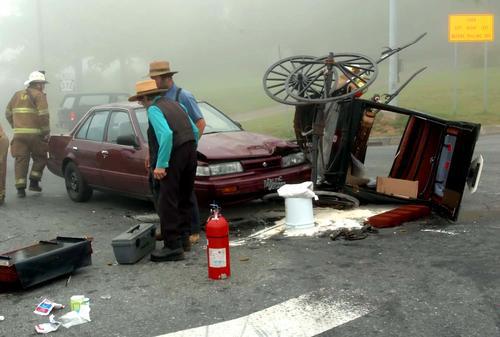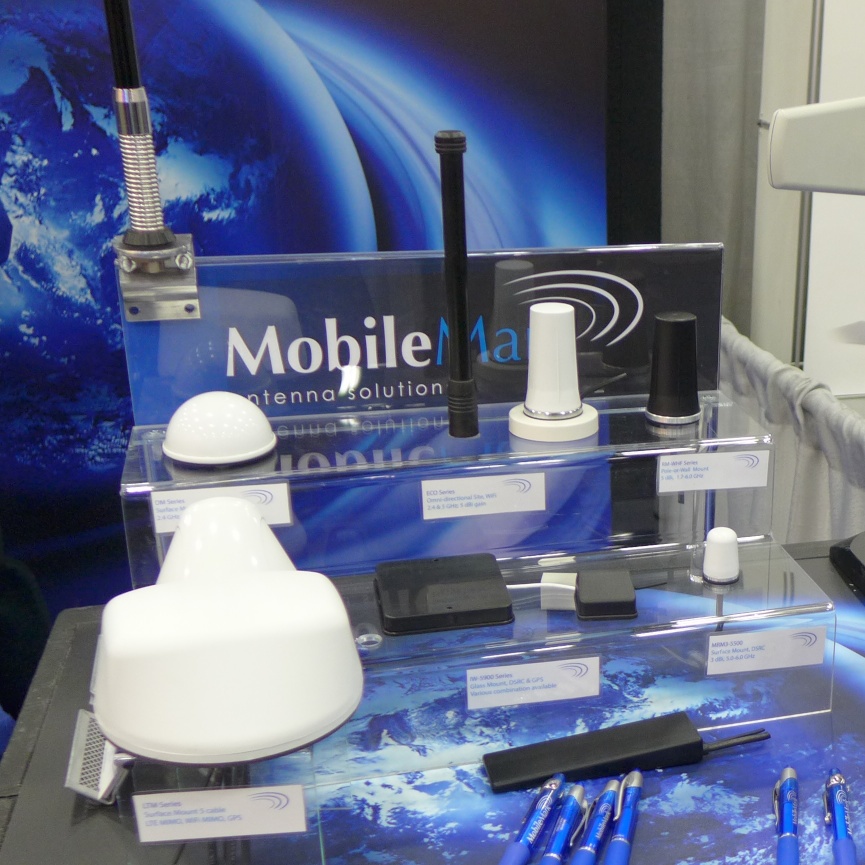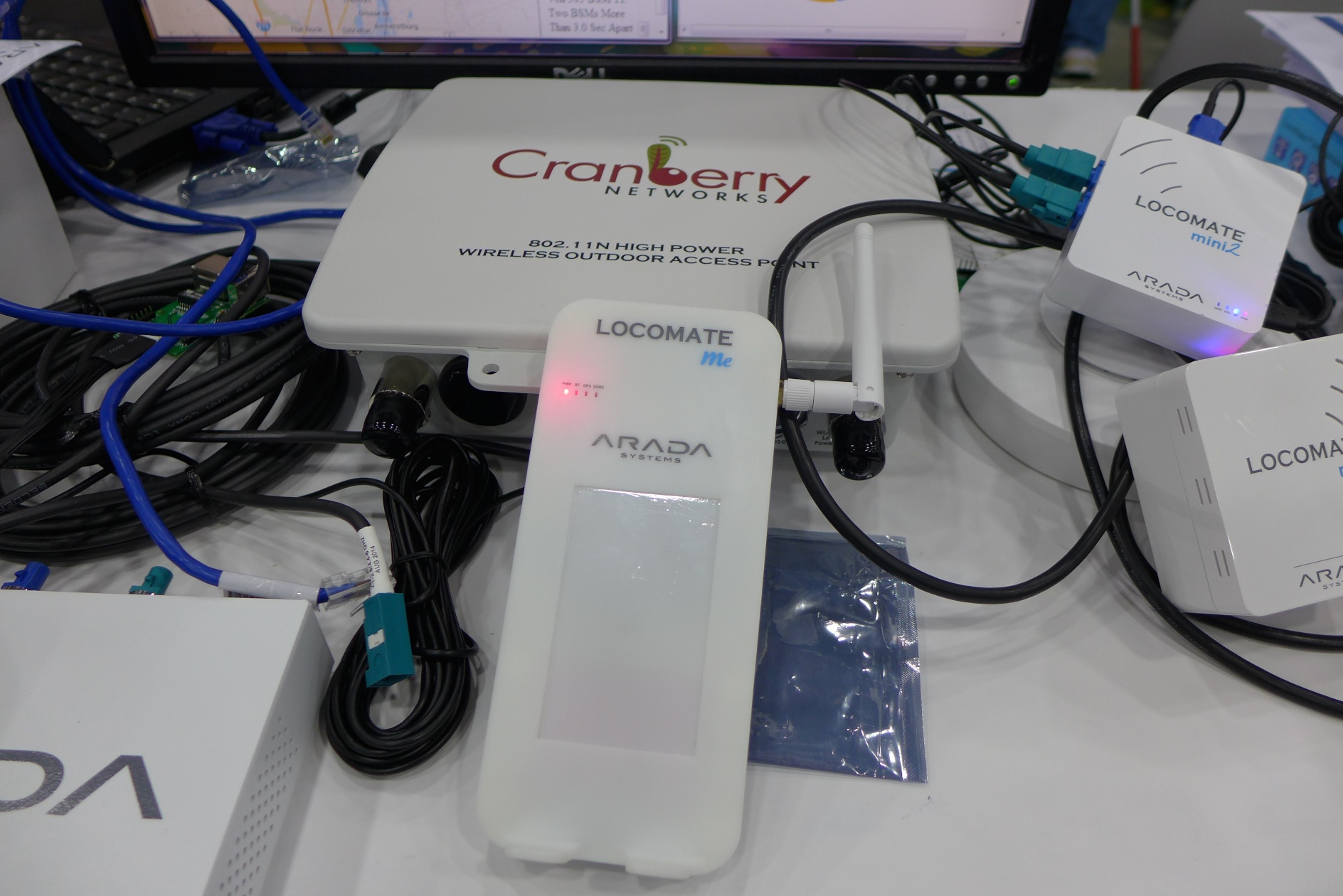V2V, V2I, technology and the possible future of road transport

“If I asked people what they want, they would ask for a faster horse.”
Henry Ford on the analysis of customer requirements.
A modern car is quite conservative in its basic characteristics. Despite numerous electronic bells and whistles, he remains a vehicle of increased danger, controlled exclusively in manual mode using a strange biological processor located between the steering wheel and the driver's seat. But times are changing, and technological progress in recent years has seriously bolstered the shaky dam of common sense. So what can we expect from the industry in the next five years?
Auto transport
Everyone here certainly knows about Google’s initiatives. A lobed little car with a frantically rotating camera on the roof quite successfully copes with the task of automatic driving on test tracks. They haven’t let him into the city yet, but not because of the inefficiency of the hardware, but because of problems with laws protecting the life and health of people. But everyone in the automotive industry is well aware that getting automatic transport onto the roads is just a matter of time. Experts call 2020, and on the way to this date is not technology, but only laws. Well, and a completely understandable fear of scary killer robots controlled by sociopathic hackers :)
GM experts see the following steps on the road to automatic driving, many of which have already become reality:
- Informing the driver without interception
- Emergency Takeover
- Possibility of limited control transfer (automated mode)
- Possibility of full control transfer at the initiative of the driver
- Fully automatic car
The use of automatic transport provides many benefits: comfort, reduced congestion, safety, energy efficiency, etc. The problem is that the benefits of automatic transport to the end user are now not at all obvious. And while there are many unsolved problems. How will an automatic car behave on a highway crowded with “ordinary” cars? How will ordinary drivers react to the maneuvers of an automatic car? What needs to be done to make everyone feel better and safer on the road?
Technical experts say so far only one thing - for starters, it is desirable that all cars on the roads be connected to each other by a data network.
Linked cars
Modern V2V communications (car-to-car) are based on the standard DSRC (Dedicated short-range communications) aka IEEE 802.11p technology , which has proven itself in electronic toll collection systems. Experiments show that a car on which V2V equipment with a built-in antenna is installed can maintain reliable communication with other cars within a radius of 800 m. With stationary objects (V2I) - up to 1000 m.

Antennas for outdoor installation, for installation on the windshield and for hidden installation in a car
Antennas are connected to on-board equipment, to which car sensors can also be connected via a standard bus (CAN, etc.)

On-board and roadside equipment DSRC
As a result, we have a certain number of automotive telematics data sources that can contain the vehicle’s position based on GPS, odometer, accelerometer data, braking signs, data from other sensors, as well as data received along the chain from other cars. Immediately problems:
- Lack of application level V2V standards. The American working group IEEE 1609 and the European working group TC204 have so far developed low-level standards. Applied topics in the field of V2V are at the design stage.
- Issues of privacy and protection of the system from deliberate manipulation (which is fraught with the conditions of intensive high-speed traffic)
- With a large accumulation of connected vehicles, an avalanche-like increase in the amount of initial data for analysis takes place, which leads to errors and brakes on-board devices. The ways to effectively filter data without compromising the basic management scenarios have not been fully developed.
Why DSRC?
Firstly, the technological basis has been debugged at the moment, the OSI model has been worked out up to the application level. Protocols developed, including high-level ones. Applications currently debugged and standardized in Europe are as follows:
- Charging (ISO 14906). During the passage of the vehicle, a secure communication channel is organized under the antenna and a drive transaction is formed - a data structure sufficient to calculate the size of the board and write off the funds.
- Monitoring the enforcement of charging rules (ISO 12813). The same as the payment, only other crypto keys and other information coming from the on-board device. For example, license plate number, number of axles, information about the contract, history of changes in signal levels, communication quality log, etc. (fields can be selected)
- Assistance in positioning (ISO 13141). While traveling, the antenna identifier and additional information about its location are recorded in the memory of the on-board device in the field of action of the DSRC antenna. An extremely useful feature for cases where it is impossible to rely on GPS data, but it is necessary to obtain information that the car drove in a certain place - in tunnels, on mountain streamers, at difficult junctions.
The listed applications work everywhere in Europe. Charge through DSRC works at almost all collection points with barriers (the so-called strip with electronic payment), as well as in free flow mode (mainly for commercial vehicles). In the USA, DSRC frequencies were truly allowed to be used only this year, so the Americans introduced similar systems mainly with RFID tags instead of DSRC, but DSRC standardization work, nevertheless, went on as usual.
DSRC devices use a licensed frequency spectrum specifically dedicated to road safety needs. The protocol is focused on working at high speeds (the device quickly wakes up and establishes a connection), meets all the requirements for information security and works well in the conditions of multiple signal sources, which is a common thing in a stream of machines.

Spectrum DSRC. A service channel 172 has been allocated for the needs of V2V.
V2V and V2I applications. A bit of science fiction
As part of a short note, it is difficult to fully disclose the topic of the opportunities that “smart” cars open. Now a car equipped with a radar seems like an alien miracle, to say nothing of truly connected cars. But dreaming is not harmful, and then I will list those applications and services that experts are developing now and which we will see on the roads in the next five to seven years.
Of particular importance is safety. Immediately make a reservation, theorists do not really know what to do in a situation where automated, connected and ordinary cars are adjacent to the road. Therefore, services suggest a significant (or overwhelming) superiority of connected cars on the road.
V2V Security Services (car - car)
- Avoiding a collision with the front of the next car
- Electronic brake lights. A sharply braking car signals the use of emergency braking, for all those approaching from behind, a signal is turned on, or even an automatic control interception. Now there are similar systems using flickering “stops” and an optical sensor
- Warning about the car in the blind spot. Now there are analogs based on the radar
- Help with changing lanes. Similar to the blind spot, but with a lot of options. The indicator shows that rebuilding is safe
- Overtaking hazard warning (see picture below)
- Warning of possible collisions at intersections (on the stands show the scenario of exit on the main road in a limited view)
- Oncoming traffic warning
- Cooperative adaptive cruise control (aka “train”)

The truck warns about going to overtake a passenger car about the dangers of such a maneuver.
A number of V2I services (car - roadside infrastructure) are also being developed in terms of traffic control, warning of difficult weather conditions, road works, trains on the way, etc. We need to talk about commercial services V2V and V2I separately and devote a separate note to this.
In an ideal world, all of the above is quite viable. But in reality, the "non-advanced" cars moving along the same road, the "non-advanced" motorcyclists and the proud owners of mopeds, horse-drawn carts and bicycles overshadow the bright picture. The engineering and expert community is currently accumulating an experimental base and is developing complex scenarios for introducing V2V technologies, which would allow at least some real benefits from a well-developed technological background. For you and us, it remains with bated breath to monitor the development of this direction. Maybe even participate in its development.
